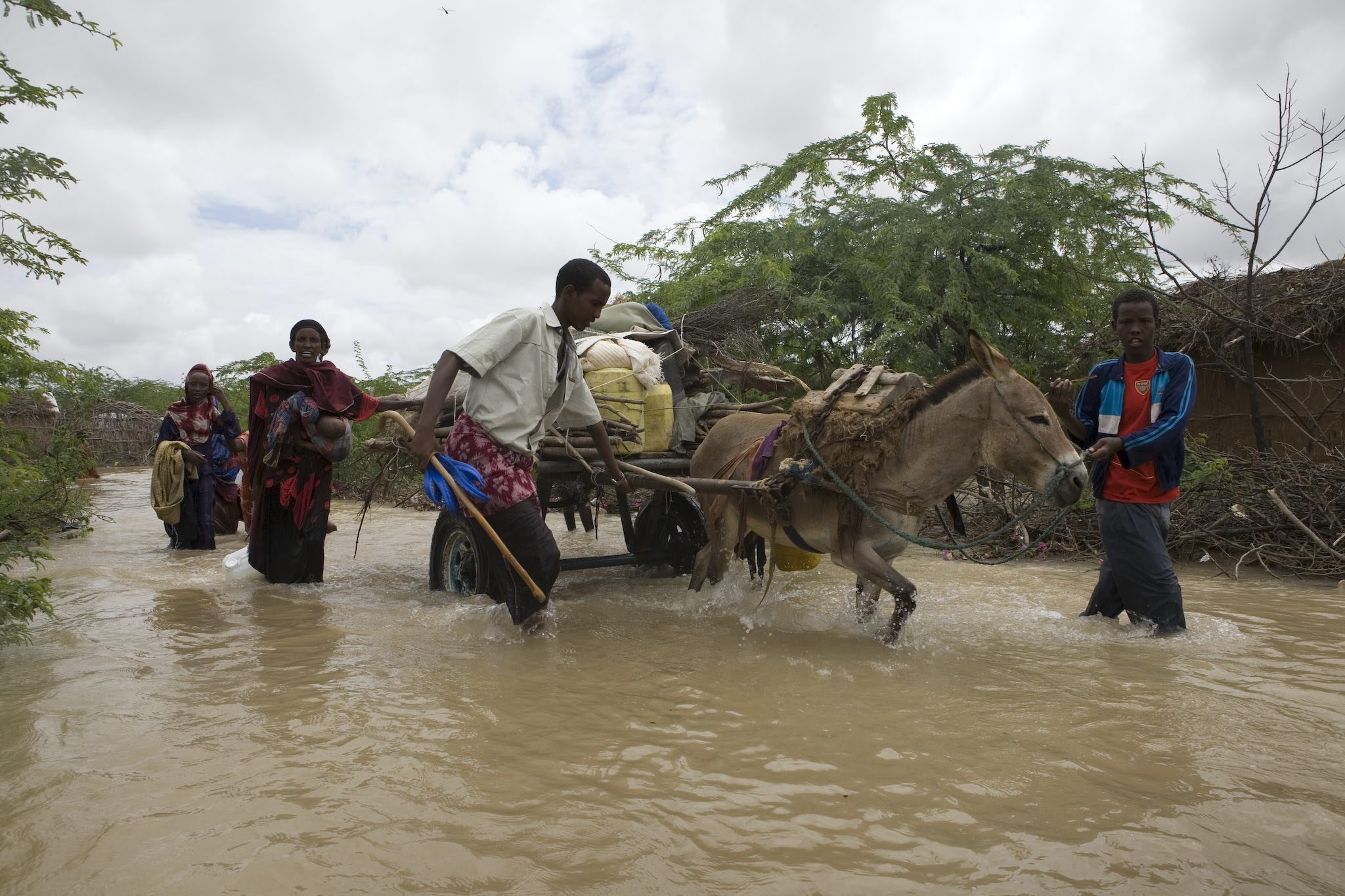Africa Fact Sheet - East Africa and the Horn
Africa Fact Sheet - East Africa and the Horn
UNHCR has decided that Ethiopians who fled oppression in their country before 1991 no longer have an automatic claim to refugee status. The application of the cessation clause, as the measure is known, was decided in September and will take effect on 1 March, 2000.
UNHCR communicated the position to governments after following the progress of Ethiopians who have recently repatriated. Since 1991, over one million refugees have returned home, almost 300,000 of these with UNHCR's help. Successful repatriation and reintegration programmes have been run from Sudan, Kenya, Djibouti, Yemen and Somalia. Most of the Ethiopians who went into exile during the Mengistu regime, which collapsed in 1991, and who have not yet returned, are in Sudan where the majority live in urban areas.
In August, UNHCR protested to the government of Malawi after an Eritrean asylum seeker was killed and 24 others were deported to Ethiopia. The group had arrived in Malawi from Ethiopia by air. Despite several interventions by UNHCR in Lilongwe, staff were not granted access to the Eritreans in order to hear their case. In its note verbale to the government, UNHCR recalled the requirement to review such cases on merit, regardless of how an asylum seeker enters a country, as well as the present tensions between Ethiopia and Eritrea. UNHCR has followed up on the case in Addis Ababa.
In spite of practical and bureaucratic obstacles, convoys carrying Somali refugees back to Hargeisa from camps in Ethiopia have been rolling since June, when authorities in north-west Somalia authorized the restart of the operation. As of 25 October almost 19,000 Somalis had returned home - before the first transfer was delayed to mid-year, UNHCR had estimated that 60,000 people would want to repatriate by the end of 1999. Most returnees are going to Hargeisa from the Hartisheik camps. The total number of people brought back to north-west Somalia since February 1997 now stands at 78,000. All returnees to the poor region are given nine months' food supply, blankets, plastic sheeting, cooking utensils and a small cash grant.
At the continent's north-eastern corner, hundreds of Somalis continue to risk the dangerous Gulf of Aden crossing to Yemen each month. Through the end of October, 8,164 arrivals had been registered during 1999. The rate of arrival depends on the season and sea conditions. Many of the Somalis pay smugglers for passage, and when the illegal craft are challenged by coast guards or to avoid actually putting ashore, passengers are often dumped overboard far from the coast. Last year over 250 Somalis are believed to have died at sea.
On reaching Yemen many Somalis move on in search of jobs on the Arabian peninsula. The number of refugees assisted in Al Gahin camp in Aden - around 12,000 - has not changed significantly in several years, while the total number of Somalis in Yemen stands at 65,000.
UNHCR and the government of Yemen have collaborated in an effort to offer Somalis the means to repatriate while discouraging people from making round trips. More than a dozen groups of volunteers have been flown this year back to Mogadishu, where UNHCR maintains an office, rather than the northern coast. The cash grant to help returnees settle in has been reduced as a further disincentive to moving back and forth across the Gulf.
Several repatriations to and from Kenya have been completed or are planned for the remainder of 1999. The last sizeable repatriation of long-time Ethiopian refugees from Kenya took place the latter part of July when a UNHCR-chartered aircraft carried 1,400 Ethiopians home from the Dadaab camps. From a high of nearly 100,000 refugees from the country at the beginning of the decade, Kenya now hosts only 3,000 Ethiopians.
More recently, several dozen of one of Kakuma refugee camp's smallest contingent - its 400 Ugandans - boarded UNHCR buses for home in October. And preparations are complete for the return the first week of November of the first 600 Kenyans from Moyale, in southern Ethiopia, to northern Kenya. An estimated 4,500 Kenyans will make the 600 km journey aboard UNHCR trucks to their homes in Isiolo, Wajir and Mandera districts in the following weeks. Returnees, who fled violence after the Kenyan multi-party elections of late 1992, will get food aid and household items. UNHCR will also give financial support directly to health clinics in the return districts.








